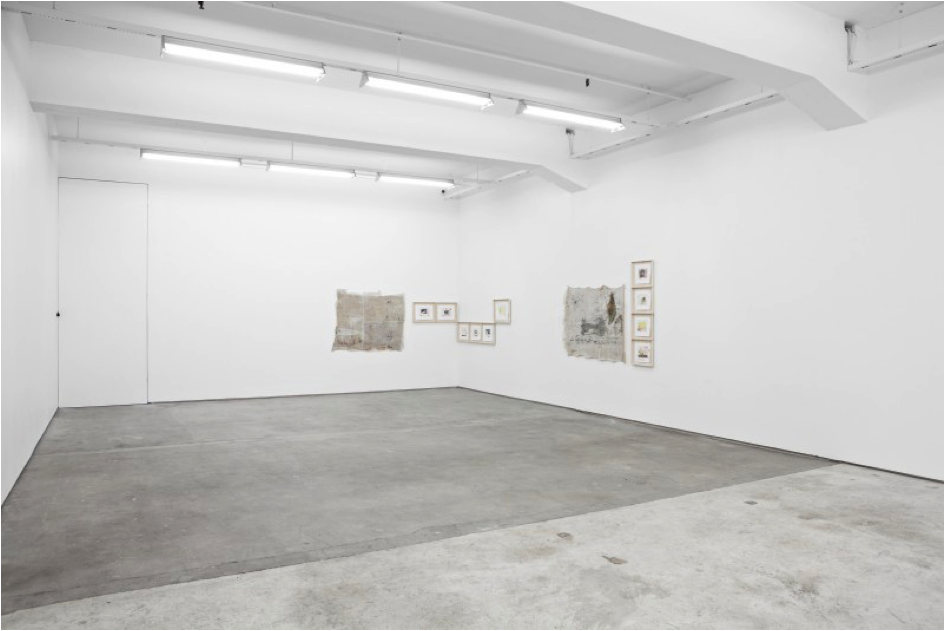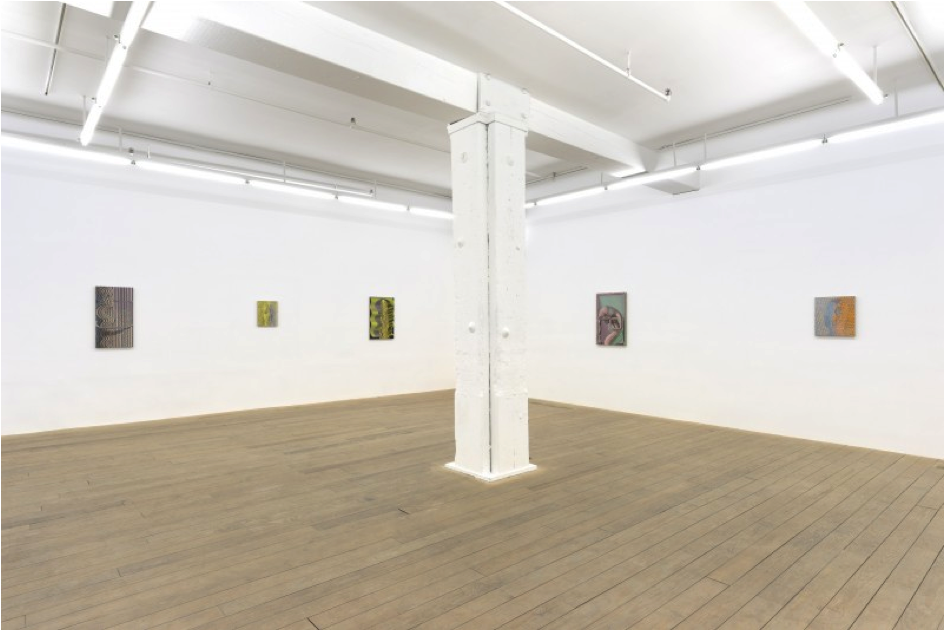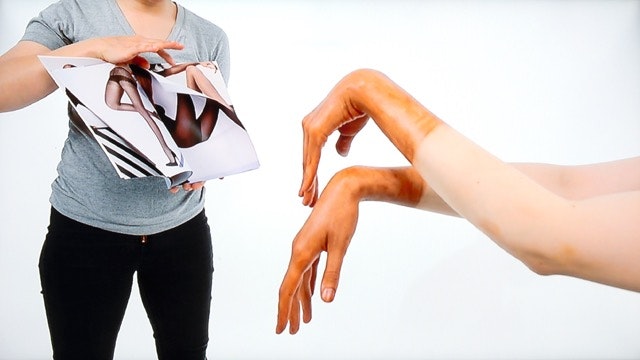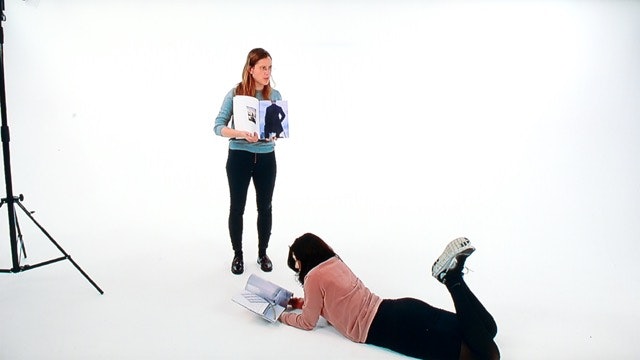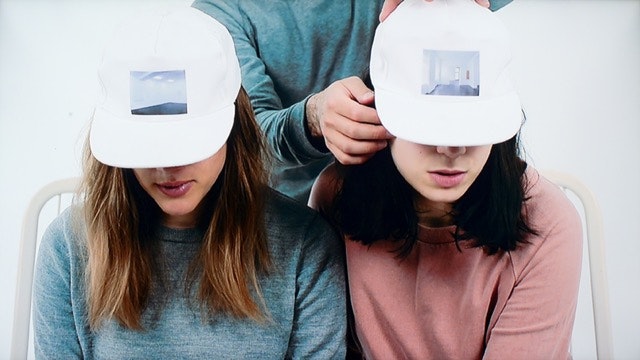The reality produced by the installation shot feeds back into the actual staging of artworks in gallery and exhibition spaces. Aiming to mimic the aesthetic that has been proven to circulate images online so successfully, the installation shot influences the way objects are presented as part of exhibitions.2Michael Sanchez makes this point explicit when he describes how the lighting installed in spaces was specifically chosen to mimic the glow of the screen: “These galleries all employ a large number of high-wattage fluorescent-light fixtures, as opposed to more traditional spot lighting, making their walls pulsate like a white IPS screen (the now-ubiquitous LCD technology introduced by Apple in 2010).” Michael Sanchez, “Art and Transmission”[2011], Artforum (Summer 2013). As such, it exemplifies what Vilém Flusser described some thirty years ago: “Instead of representing the world, they [images] obscure it until human beings’ lives finally become a function of the images they create. Human beings cease to decode the images and instead project them, still encoded, into the world ‘out there,’ which meanwhile itself becomes like an image – a context of scenes, a state of things. . . The technically produced images that are all around us magically restructure our reality resulting in a global image scenario.”3Flusser, Vilém, Towards a Philosophy of Photography (London: Reaktion Books, 2000), p. 10. The image scenario created by the installation shot thus informs how art is presented in physical exhibition spaces. As such, exhibiting works in galleries and other venues becomes a function of feeding back into the online image stream of documentation shots, further enhancing the “truthfulness” and objective quality of these images.
